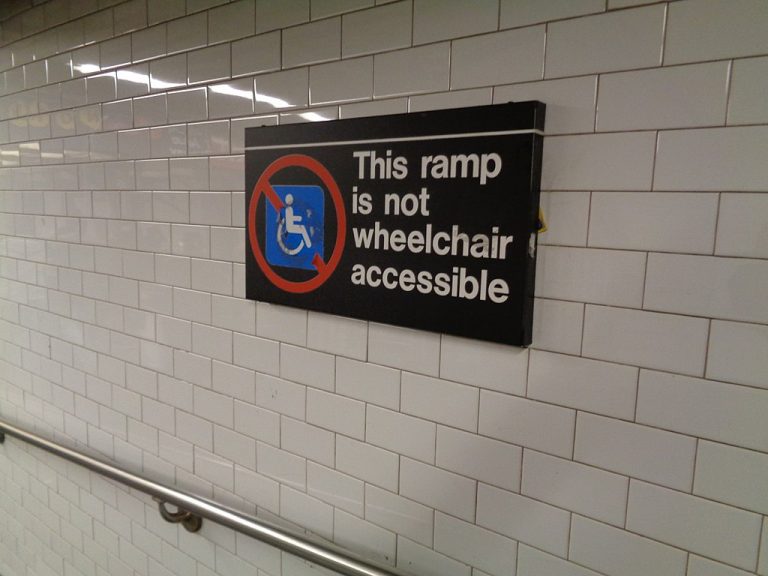Published on November 20, 2020

Urban Design & Planning PhD candidate Katie Idziorek is a co-author on a significant new report published this month: Toward Universal Access: A Case Study in the Los Angeles and Puget Sound Regions. Read an excerpt below:
Approximately 61 million U.S. adults—one quarter of the adult population—live with some form of disability. The Americans with Disabilities Act (ADA) and other laws, regulations, and guidance aim to protect the rights of people with disabilities, prohibit discrimination based on disability, and provide equal access to opportunity. As a civil rights law that applies to both public and private transportation providers, the ADA aims to ensure equal access to mobility for disabled persons.
Although each disability is unique, and many are unaccounted for or underreported in various contexts, one of the most common forms of functional disability is mobility impairment (e.g., difficulty walking or climbing stairs), which affects approximately 13.7 percent of adults in the United States. Disabilities are particularly common in certain demographic groups, including adults over 65, women, and non-Hispanic American Indians and Alaskan Natives, with at least 20 percent of each of these groups experiencing some form of disability.
Recommendations to expand the study, assessment, and access of mobility for all users:
- Learn about the variety of types of disabilities riders live with.
- Plan for and discuss accessibility considerations from the beginning with private providers.
- Engage the disability community.
- Learn from experts in the field of transportation for people with disabilities.
- Budget liberally for disability accommodation and ADA compliance.
- Set clear performance measures and targets, and report them transparently.
- Have a backup plan.
- Train as many drivers as possible to provide service for all potential users.
- Provide flexibility in the app to indicate needs.
Originally written by Alice Grossman and Katie Idziorek.